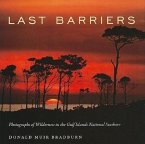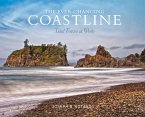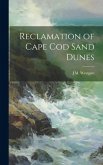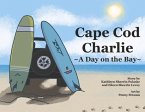"We all love a good mystery. We are driven by primal instinct to ask why, how, where, and myriad other questions aimed at solving the mysteries that both plague and enrich our lives. Carolina bays are the embodiment of a good mystery. Since their initial description in 1848, when South Carolina State Geologist Michael Tuomey noted their unique shape and orientation, myriad scientists have been fascinated by these features. Tuomey's work cracked the door open to the mystery of Carolina bays, but the advent of aerial photography in the 1930s blew the door off entirely. Since their early discovery and description, they have both intrigued and bewildered us. In fact many early descriptions labeled them "mysterious Carolina bays," leaving no doubt that our understanding of these phenomena was greatly limited. Humans encountered and began describing Carolina bays long before their formal discovery. Native Americans made camps along the sandy rims and edges of them. Early explorers and naturalists mentioned them in their writings, giving them their first "unofficial" name: pocosin. The word pocosin derives from an Algonquin word meaning "swamp on a hill"-and there the mystery begins. The early explorers of our country were accustomed to swamps along rivers, streams, large lakes, and coastal tidelands. Finding a swamp while crossing great stretches of upland was something quite different. No one seems to be sure who originally coined the term "Carolina Bay," but it may have been the early naturalist John Lawson, who in the 1700s noted the abundance of bay trees found in these "swamps on a hill." So even the name, which many associate with an embayment of some sort, is a bit mysterious and may originally have had nothing to do with the embayment or impoundment of water. It wasn't until the advent of aerial photography in the 1930s that the extent of the real mystery associated with Carolina bays became obvious. Yes, we had read the descriptions of Carolina bays offered by Tuomey and other early researchers, but seeing is believing. Early aerial photos, many from the coast of South Carolina, revealed both great and small elliptical and oval-shaped features spread across the landscape. And as if to enrich the mystery further, these ellipses and ovals all pointed in the same direction: technically speaking, their long axes were all aligned in a northwest-southeast direction. Some of these features had sandy rims outlining their circumference; some did not. Some appeared to overlap other bays, as if they were stacked one upon another. There it was: visual proof that the mysterious Carolina bays were real"--
Hinweis: Dieser Artikel kann nur an eine deutsche Lieferadresse ausgeliefert werden.
Hinweis: Dieser Artikel kann nur an eine deutsche Lieferadresse ausgeliefert werden.







